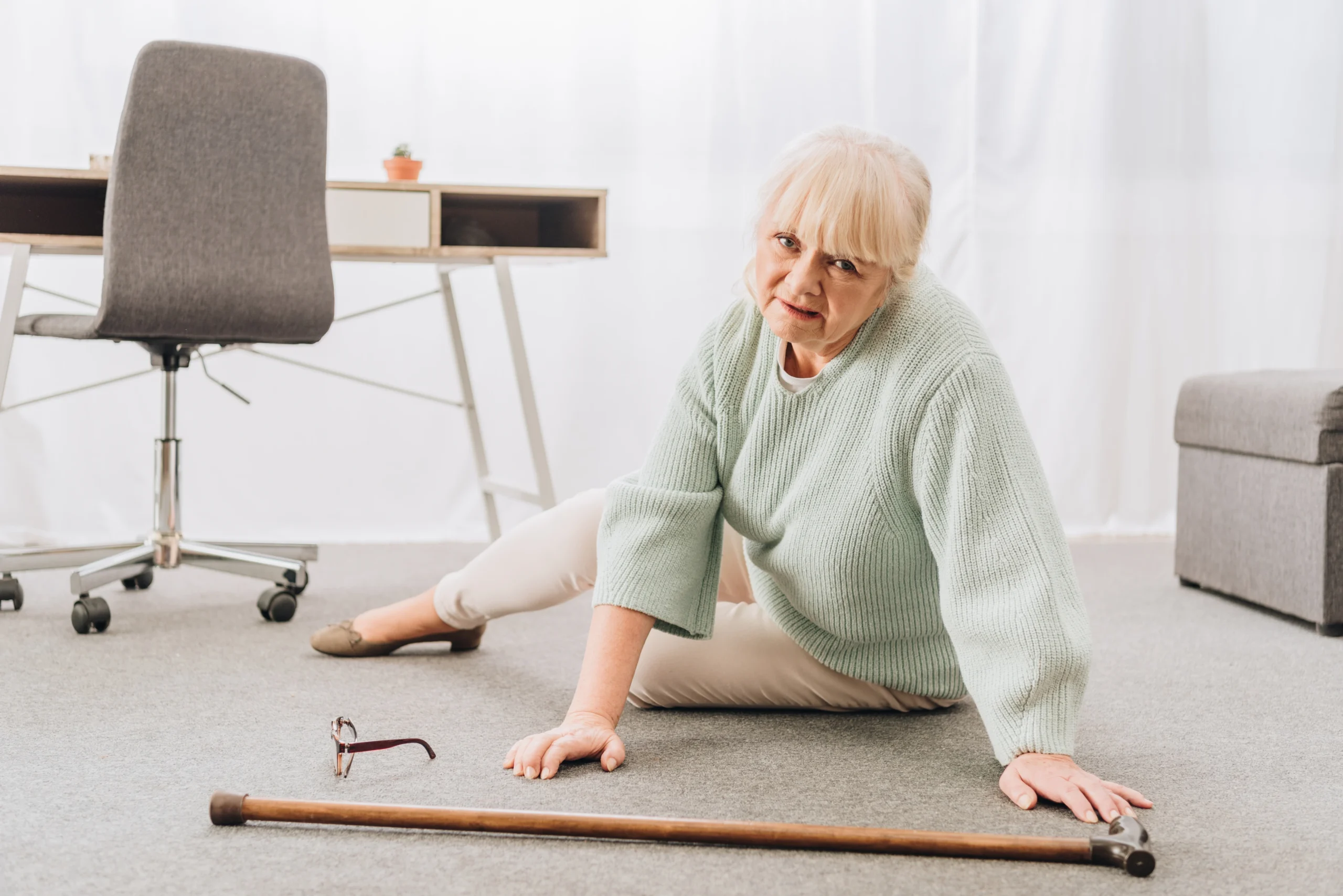In recent years, false alarms in fall detection systems have become a topic of growing concern. These systems, designed to safeguard the elderly and individuals with mobility challenges, are essential in preventing serious injuries. However, the false alarms can lead to unnecessary stress and emergency responses. In this article, we delve into the intricacies of these alarms, exploring their causes, implications, and potential solutions. Our primary goal is to provide an informative guide for everyone, particularly senior consumers, who might rely on these devices for safety.

What Are Fall Detection Systems?
Fall detection systems are technological solutions aimed at identifying when a person experiences a fall. These systems often use sensors and algorithms to detect sudden movements that resemble a fall. Once a fall is detected, the system alerts emergency contacts or medical services.
How Do They Work?
Most fall detection devices utilize accelerometers and gyroscopes to monitor the user’s movements. Upon detecting a significant change in motion or orientation, the device assesses the likelihood of a fall. If confirmed, it sends an alert to pre-determined contacts.
The Challenge of False Alarms
Despite their potential lifesaving capabilities, false alarms in fall detection remain a significant hurdle. These alarms occur when a device mistakenly identifies a non-fall event as a fall. Activities such as sitting down quickly or dropping the device can trigger these alarms.
Impact on Users
False alarms can lead to undue stress for users and their families. They may cause unnecessary panic and result in unwarranted emergency responses, which can strain resources and diminish trust in the system.
Why Do False Alarms Occur?
Several factors contribute to false alarms, including device sensitivity, user activity levels, and technical malfunctions. Understanding these factors is crucial for improving the accuracy of fall detection systems.
Addressing False Alarms
To mitigate the issue of false alarms, manufacturers are actively working on refining the technology. Enhancements in sensor accuracy and algorithm sophistication are pivotal in reducing the occurrence of false alarms.
Innovative Solutions
Recent advancements in elderly care technology have introduced machine learning techniques to better distinguish between falls and other movements. These innovations hold promise for reducing false alarms significantly. For more on such advancements, you can visit Innovations in Elderly Care Technology.
Benefits of Accurate Fall Detection
Accurate fall detection systems can greatly enhance the quality of life for seniors. By providing timely assistance in the event of a fall, these systems can prevent serious injuries and ensure peace of mind for both users and their families.
Encouraging Independent Living
With reliable fall detection, seniors can maintain their independence while having the assurance of immediate help when needed. This balance between independence and safety is crucial for senior well-being. Learn more about this balance at Fall Detection and Independent Living.
The Role of Users in Reducing False Alarms
Users play a critical role in minimizing false alarms. Proper device usage and regular updates can enhance the system’s performance. Users should follow the manufacturer’s guidelines and remain aware of their activity patterns.
Community and Family Involvement
Engaging community and family members in understanding the functionality of these systems can further reduce false alarms. Informed support networks can assist in managing and interpreting alarm signals effectively.
Future of Fall Detection Technology
The future of fall detection technology is promising. As research and development continue, we can expect more sophisticated systems with improved accuracy and reduced false alarms.
Emerging Trends
Trends such as wearable technology and smart home integration are expected to revolutionize fall detection systems. These technologies aim to provide seamless and reliable monitoring solutions.
Conclusion
False alarms in fall detection systems present challenges, but they are not insurmountable. Through technological advancements and user awareness, we can enhance the reliability and effectiveness of these systems. For more information on fall prevention, visit the Health in Aging website.

FAQs
Are fall detection devices reliable?
While fall detection devices are generally reliable, they can sometimes produce false alarms. Continuous improvements in technology are being made to enhance their accuracy.
How can I reduce false alarms?
Ensure proper device placement and usage according to the manufacturer’s instructions. Regular updates and calibration can also help reduce false alarms.
What should I do if a false alarm occurs?
If a false alarm occurs, reassure your emergency contacts and inform them of the situation. It’s also advisable to check the device for any malfunctions or necessary adjustments.
This article contains affiliate links. We may earn a commission at no extra cost to you.

